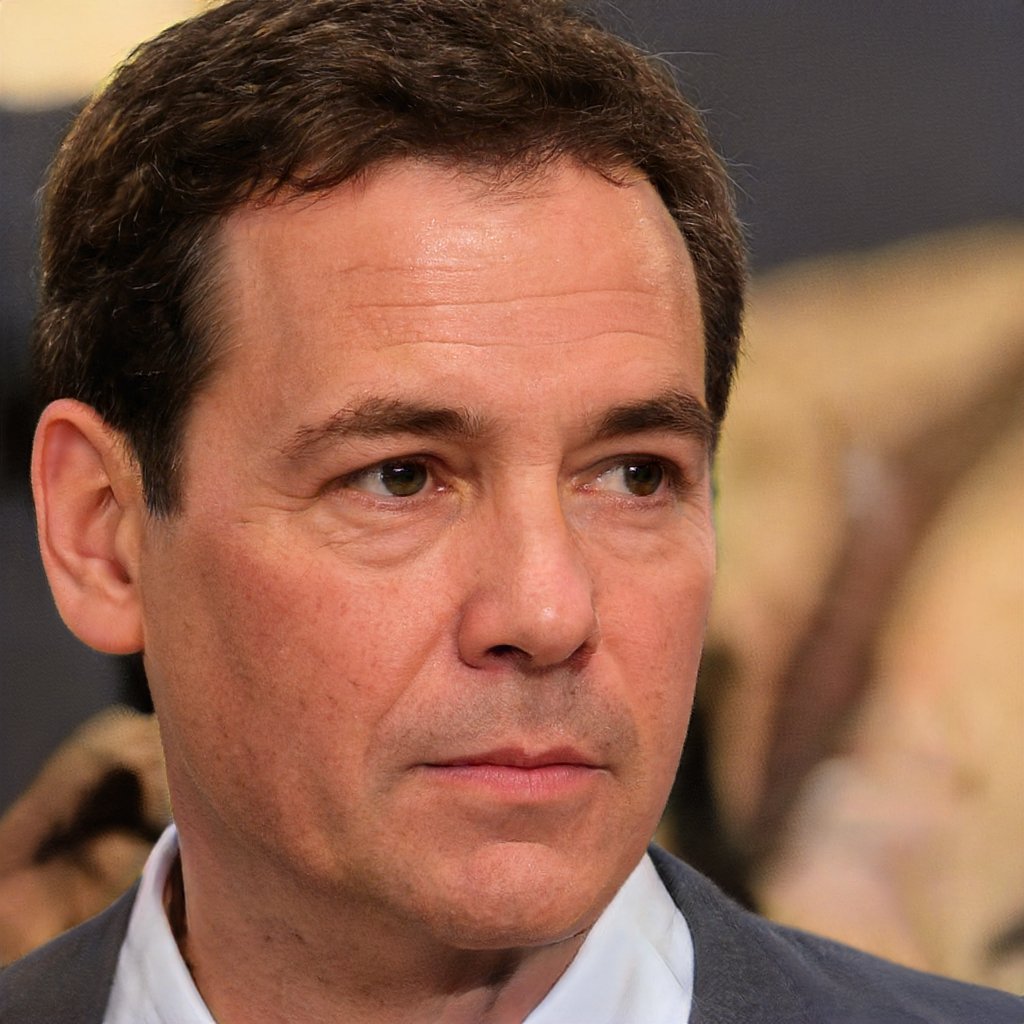According to Baron (2012), the sizes and scope of every organisations is drastically different than one another and their operational activities also differ in size and future scope. The various types of organisations that are existent all over the globe include public ltd companies, private ltd companies, companies limited by shares and companies limited by guarantee. In this study, the assessment of a public and private company can help in understanding their types, purpose and scope.
As per Child (2014), a public company serves the basic need of the organisation through dispersing its ownership among the general public. The example of Barclays Plc of a public sector company can be used to understand the several functions and purposes that the company undertakes in its operational activities. Being a huge company in the banking sector, it has huge duties and purposes as a corporate body and the main responsibility is to have a positive corporate social responsibility (CSR) towards the public.
Being centralised in nature it allows the company to exercise decision making on certain products of their own. They have a differentiation strategy that is aimed at niche and urban customers. Being present in the corporate scene for almost 300 years, it has already established a brand identity and makes it easier for them to conduct business. Since it is a public company, its major sources of funds arrive from public deposits with customers having high bargaining capability. Their operational activities are streamlined to give highest customer satisfaction to its customers.
You Share Your Assignment Ideas
We write it for you!
Most Affordable Assignment Service
Any Subject, Any Format, Any Deadline
Order Now View Samples
On the other hand, the example of a private ltd company GlaxoSmithKline (GSK) can be used to compare the operations conducted in a public ltd company. One of the most renowned pharmaceuticals companies in the world, their functionality is based on serving customers all around the world. Since it rsquo;s a private organisation, their liability is spread vastly, starting from customers, shareholders and all the major stakeholders. The fact that their business deals in sensitive products such as medicines and vaccines, they constantly must undertake research and development procedures to create new and advanced products that have huge implications in the normal world. Having business in many continents, it has maintained its corporate responsibility quite well.
Keeping in mind both the companies and its operations, both companies have a huge scope since they are already established companies. The purpose they serve has a major distinction as one company deals in pharmaceuticals while the other in banking services. Both companies have the common objective of serving customers but the process of raising funds is different.Public corporations can easily raise money by issuing shares and stock whereas private companies need to follow several protocols before engaging in raising funds. Their expansion decision making is based on the volume of profits that they generate.
Another distinction that arises is the fact that issuing shares is easier in public companies and the owner of the shares becomes a part of the company. It is not the case in a private company as board of directors of the private company need to follow advice of their investors. Ultimately it impacts the business decision making process for both companies.
P2 Understanding size and scope of various organisations and its link with objectives
As per Damanpour (2014), structure of an organisation is deeply responsible for the setting up of objectives that plays a role in operational activities and understanding the scope of the company rsquo;s products and services. If the case of both GSK and Barclays Plc is used, it can be noted that being large scaled organisations and business spread worldwide, the operational activities are constantly based on improving services. Drexler (2015) suggested that the range of products that a company introduces to its public is a culmination of the business objectives and hard work of its employees to deliver the best quality services possible.
The business objectives and goals of GSK involves in developing a balanced global business, develop products of value and have a simplified operating model. These objectives can be inherently linked with the products and service that they provide. They have developed a widespread business and their products deal in pharmaceuticals, vaccines and healthcare products. Considering their objectives, the development of these products along with constant research and development allows them to operate responsibly in the global market.
According to Duncan (2014), no company will ever be able to define its objectives and not create relevant products and services for the customers since it makes their operations irrelevant. In the scenario it can be said that Barclays Plc which has been in the business since many years, considers its operations under ethical and professional terms. Barclays Plc delivers products and services that range from personal to international banking for individuals and corporate banking for SMEs and large organisations.
Developing a close working unit allows the company to undertake dealings with employees, clients and governments in a proper manner that allows personal and business growth. Their code of conduct for values and behaviour governs every decision making process in the company. All the actions are covered with full integrity, fairness and cooperation. This allows them to handle business accounts of every individual tactfully and provide customer satisfaction. Building this code of conduct specifies their objectives of achieving a unified workforce. Evan (2014) argued that organisations need to develop objectives as per the structure of the company so that unethical practices can be avoided and the main goal can be focused upon. The business types may be different but the organisational goals are definitely linked directly to the structure and purposes of the company.
LO 2: Demonstrating interrelationship of functions of an organisation and its link to organisational structure
P3 Explaining the relationship between various organisational functions and its link with objectives and structure
Frambach and Schillewaert (2012) opined that the direct functions of an organisation shows the relevance of their application in the achievement of objectives of the company through their competent structure. Since GSK is dependent on developing products related to pharmaceuticals and other consumer healthcare, it can be clearly stated that they mainly focus on developing a work atmosphere that is constantly focused on creating new and advanced medicines and vaccines for the cure of millions of individuals under their operational territory. The value that they share about developing products with value coincides with their work ethics and it is evident from the massive focus they provide on research and development. Corporate responsibility is also focused upon by them since pharmaceuticals business can be extremely risky if done the wrong way.
The advantages of having a constant research and development unit is evident from the fact that it allows massive growth and breakthrough in medicine and brings newer medicines and vaccines to the roster. Massive investment in the research and development sector helps in initiating discovery of new vaccines and medicines daily that can cure major diseases. However, the down side to this function is the fact that it utilises huge investment from the company and every research and development process does not guarantee success. A massive failure of the process can lead to big losses to the company financially. Jones et al. (2015) argued that larger organisations do not get impacted financially as much as the smaller organisations when any project fails. This fact suggests to the point that impact of decision making has different impact on different sized organisations.
Larger organisations get the benefit of financial stability, smaller and medium organisations cannot readily take the chance of making risk taking ventures. The financial toll can derail the company rsquo;s operational activities and also hamper future decision making process. Thus, it is evident that operational security is enjoyed mostly by companies that are large scaled organisations since they have a well-established business and are financially capable of innovating new things. A medium or small sized organisation will always base its operations and functions keeping in mind their risk taking capabilities and level of success that they can achieve in their selected market.
Considering the point about GSK, it is clear that the company has faced vital competition in the market and it is important that they keep innovating and researching. This allows them to create new products efficiently and brings their set objectives to fruition. Needle (2010) argued that it has always been clear that a company rsquo;s functions rely on the structure of the company and the desired objectives that are to be met. Interconnectivity of these factors is bound to happen in every company, but the level of success can be achieved only by few organisations. If GSK stops its expenditure of research and development, it will not be able to achieve its major objectives and clearly it will require a modification of the business structure to suit the demands of the hour.
Part 2
LO 3: Demonstrate positive and negative impact of macro environment on business operations
P4 Identify positive and Negative impact of macro environment on business operations
According to Palmer and hartley (2011), the macro conditions of the market have a huge impact in any business operations for any company, irrespective of its size and scope. If the example of the business operations of GSK is undertaken, it can be explained that macro environment can play a telling role its activities. A PESTLE analysis can highlight its major impact, both positive and negative. If the political scenario is looked upon, marketing strategies of the company may get hampered if there are changes in trade regulations globally. A competitive regulation applied my emerging markets can hurt the business of the company. If the economic factor is looked upon, the positivity in the economy of emerging markets such as China and India allows better business dealings. The uncertain European market economy makes the emerging markets a better choice financially.
As per Sciulli (2013), social factors in a macro environment makes business dealing very tricky as it all boils down to the attitudes and preferences of customers. In the case of GSK, changing trends of buying behaviour and the option of having other substitute companies, does impact business decision making strategies. Consumer rsquo;s buying capabilities and choices and preferences also play a role in deciding the best business operations for the company. On the technological front, GSK has been advanced as a major portion of their investment is made on research and development. This makes the company bring out new products and makes the operational capability better. On the other side, financial risks also increase by allocating major funds into just one department.
Being a pharmaceutical company, GSK faces heavy risk if products created by them have negative impact on people rsquo;s health. The CSR responsibility increases and business operations can suffer. Legal factors can impact their level of research and development and any changes in laws and regulations can make it difficult for business. According to Shelby (2015), of late GSK has been pushing towards achieving a carbon free work ethics and it assists in making the company ecologically competent. The objective of reducing carbon emissions saw a fall of 21% in last 5 years and operational waste is expected to be lowered by 50% by the year 2020 (Gsk.com, 2017). Being a pharmaceutical company, the risk of polluting environment is high and can hamper business.
LO 4 Determining the internal strength and weakness of business and its link with external macro factors
P5 Conducting internal and external analysis of organisations to understand its strengths and weakness
According to Weatherley and Otter (2014), a thorough internal and external assessment of a company helps in identifying the key strengths and weakness that can either hurt a company or make it a successful venture. A SWOT analysis of GSK can elaborate the various strengths and weakness that the company possesses in the business environment.
Strengths
- The best thing about the company is its brand identity that is very strong in all the major markets across the globe. Being one of the top pharmaceuticals company in the world, it caters to millions of people and has made the brand very popular.
- Having invested majority of the investment on research and development, it is considered one of the best Ramp;D companies in the world. This allows development and discovery of new drugs every day.
- Working alongside the World Health Organisation (WHO) gives the company validity and respect for all the kinds of products and services that they develop. It makes the company devoid of any fraudulent measures.
Weakness
- The number of produced goods from the research and development process leads to creation of bulk products that expire after a certain period.
- Massive focus on development of new drugs often leads to loss in quality of product.
- Bribery scandal in China has dented image of the brand in the overseas market. It could affect sales. Loss of brand name can affect the image of the company considerably and cause failure of new products as consumer perception is impacted negatively.
You Share Your Assignment Ideas
We write it for you!
Most Affordable Assignment Service
Any Subject, Any Format, Any Deadline
Order Now View Samples
Opportunities
- One of the major opportunities for the company is the growing number of ageing population in UK. As per reports, by 2039, more than 1 in every 12 people is expected to be aged over 80 years (Telegraph.co.uk, 2017). This makes the need for medicines even higher.
- Its foray into economically stable nations such as Brazil, India, China and Africa is bearing good financial returns and poses a good opportunity to expand market base.
- The constant research and development procedures along with spending on getting better researchers allows inventing of new and capable drugs since the cases of new diseases are on the rise.
Threats
- Massive competition from companies such as Pfizer, Merck amp; Co and Amgen makes it difficult for sustainable business.
- The research and development process is a very expensive process and cannot risk chances of failures. It can be expensive financially and medically if a project fails to achieve desired results.
- Economic slowdown in European markets has crippled major business opportunities in various nations. Tis has lowered the financial returns considerably along with competition for a shared market
Table 1: SWOT analysis of GSK
P6 Explaining strength and weakness and its relation with macro factors
According to Williams and Anderson (2014), macro factors play a major role in the either hampering or boosting the decision making process of any company. Keeping in mind the various strengths and weaknesses of the company GSK, it can be stated that it was due to the various macro factors which play a critical role in deciding what is good for the business. Brand identity of the company can be attributed to the widespread business of the company and the social factor that allowed the customers to regularly purchase its product and help in developing brand name. Even the political factors play a role in helping the brand achieve its marketability and penetrate profitable markets. The business expansion in emerging markets like India and China is proof of the political effects that allows the business to conduct its business functionalities smoothly than other parts of the globe.
Worthington and Britton (2014) argued that technological factors such as advanced machinery allows the company to indulge in making use of the technology to develop advanced and relevant products. GSK uses the latest technology for its research and development process and it helps them create new drugs every day. It has helped them to become one of the best research and development companies in the world. Coming to the drawbacks that macro environments bring to the company, it can be said that investing a major chunk of finances in the technology department, risks of project failure can cause massive losses to the company. Drexler (2015) argued that proper planning for investment is absolutely necessary to negate situations where decision making can have an opposite result as compared to the desired goals. The business can also lose ground in the market due to the failure and will help the rivals to move ahead in the business field.
Another issue that a macro environment can have on the business decision making is the legal issues that can plague company operations. The example of GSK rsquo;s debacle in China where the company was accused of bribery had an extremely negative impact on the business proposition in the country. Being an emerging market for GSK, the chances of consolidating market share took a hit due to these charges. Legal complications due to this fact made business operations problematic. Duncan (2014) opined that legal complexities is never a good sign for established or emerging businesses. The legal hassles faced by the company make it very difficult to actually conduct profitable business dealings and it impacts the overall decision making process for the company. It can create a situation where the business needs to completely shut down operations and shift to a different market.
Reference
- Baron, P. (2012) Business and its Environment. 7th Ed. London: Prentice Hall.
- Child, J., (2014). Organizational structure, environment and performance: The role of strategic choice.sociology,6(1), pp.1-22.
- Damanpour, F., (2014). Organizational innovation: A meta-analysis of effects of determinants and moderators.Academy of management journal,34(3), pp.555-590.
- Drexler, J.A., (2015). Organizational climate: Its homogeneity within organizations.Journal of Applied Psychology62(1), pp.38-42.
- Duncan, R.B., (2014). Characteristics of organizational environments and perceived environmental uncertainty.Administrative science quarterly, 12(1), pp.313-327.
Amazing Discount
UPTO55% OFF
Subscribe now for More
Exciting Offers + Freebies










